Dish – Diam. : 64,5 cm (25,3 in.) ; Depth : 7 cm (2,7 in.)
Important porcelain planter and its dish.
They are decorated with golden and red friezes of intertwined lotus, fruits and flower cups, fans and two « L » fused cartouches supporting a flower.
Both are decorated with French coat of arms, placed in two chevalry order necklaces : the order of the Holy Spirit and the order of Saint Michael, a gold necklace with shells to which is suspended a medallion representing the archangel slaying the dragon.
Related work :
This dish and this planter are to be compared to the service ordered by Louis XV, in porcelain of Jingdezhen, China, circa 1730, of which a dish is kept at the Museum of the East India Company, at Lorient.
Biography :
Edmé Samson (1810-1891), painter on ceramics established 1845 at n°7 rue in Paris, bought his white porcelain pieces, in other words undecorated porcelains from various Paris manufactures. His son, Emile (1837-1913) who succeeded him, began to make reproductions from older models. Exhibiting at the 1863 Exposition of the fine Arts applied to Industry, Emile Samson became particularly noted for his porcelain works imitating the « Old Japan » ones. He installed in 1864 a factory in Montreuil-sous-Bois, nearby Paris and enjoyed great success at the Paris International Exhibition of 1867 with their imitations of Saxony, China and Japan porcelain pieces, all considered of very fine quality. At the 1889 Universal Exhibition, Samson & Cie was deemed to be specialized in large size pieces, made either in porcelain or earthenware, whose models were chosen from the most wellknown museums, such as the Louvre Museum in Paris and the Victoria & Albert Museum in London. In 1891, Emile went into partnership with his son Léon (1868-1928), under the name Samson & Son, who gave a major extension to the factory, employing a large number of workers and decorators. In addition to the manufacturing of porcelain, they also made their own bronze decorative mounts used on the pieces.


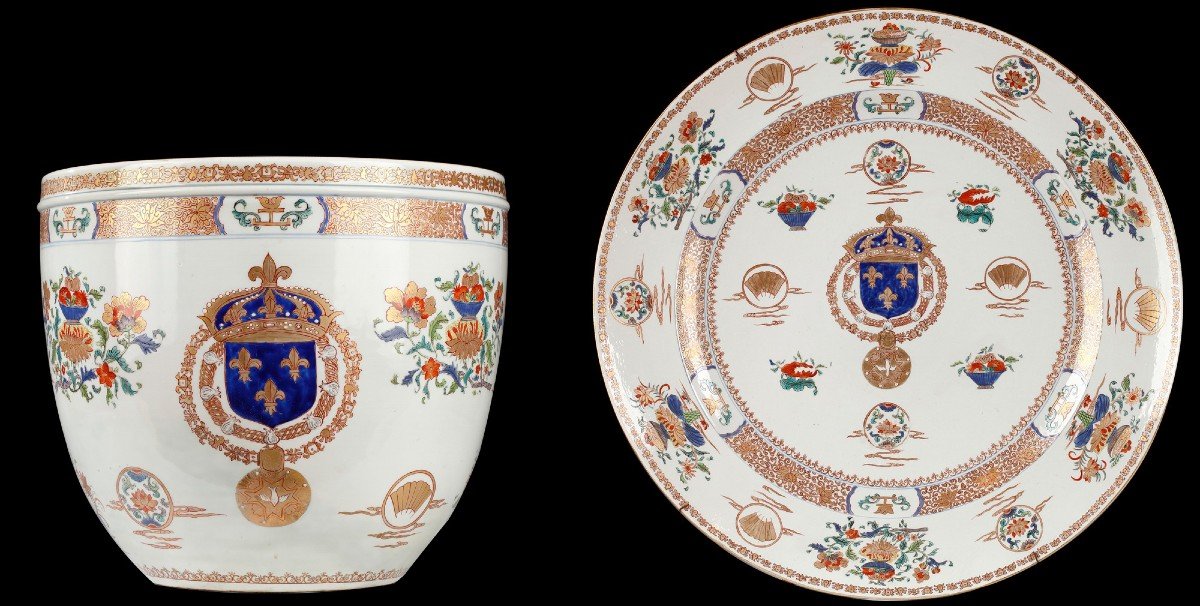
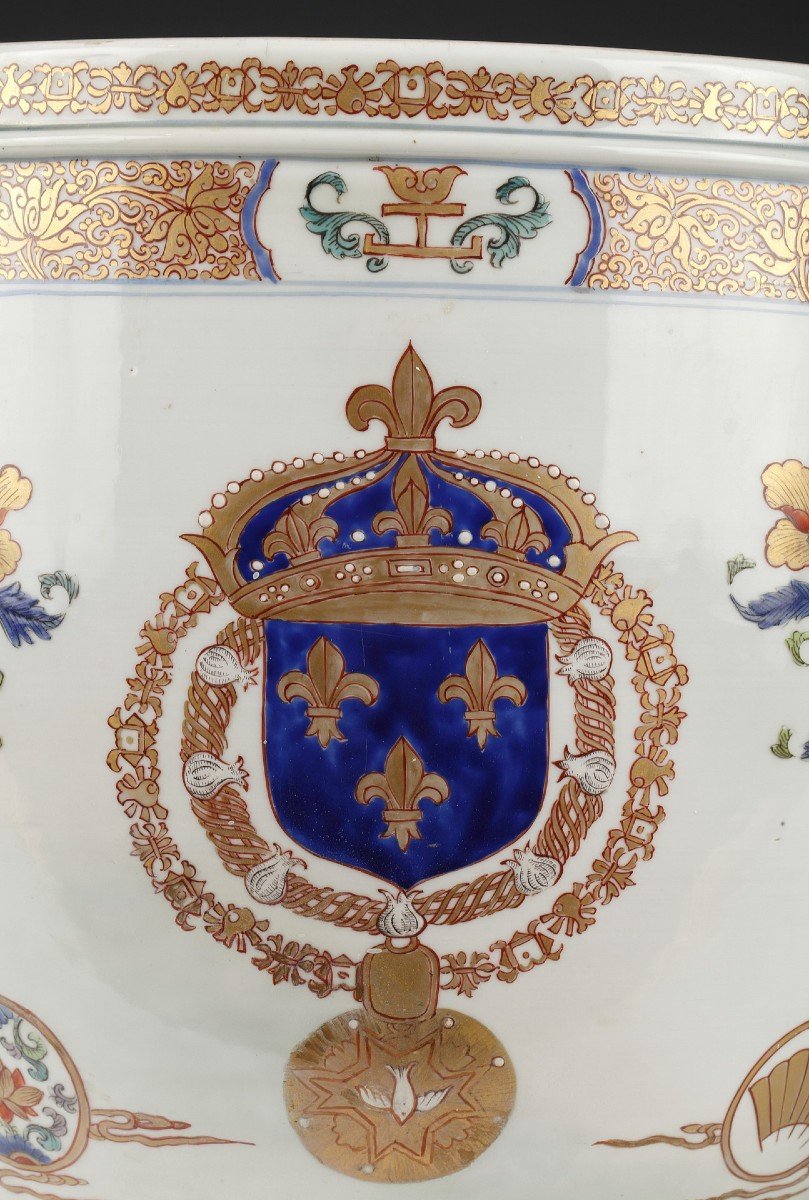
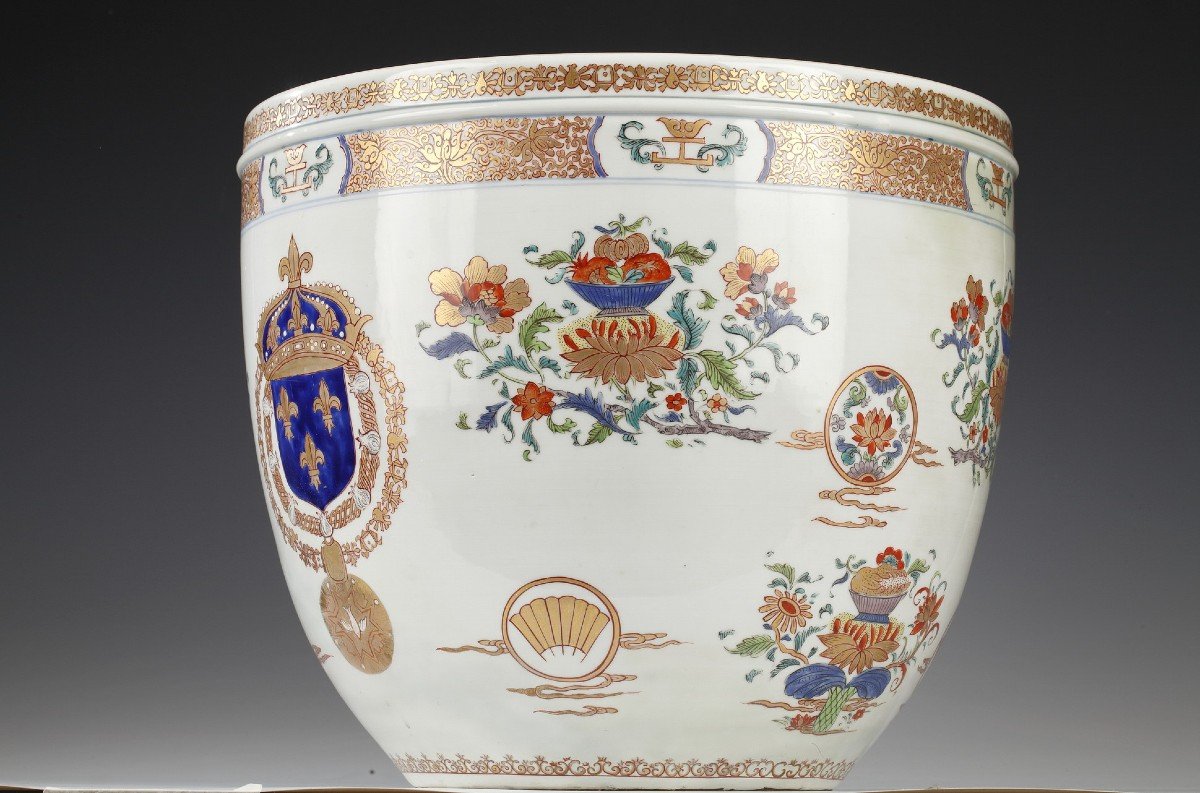
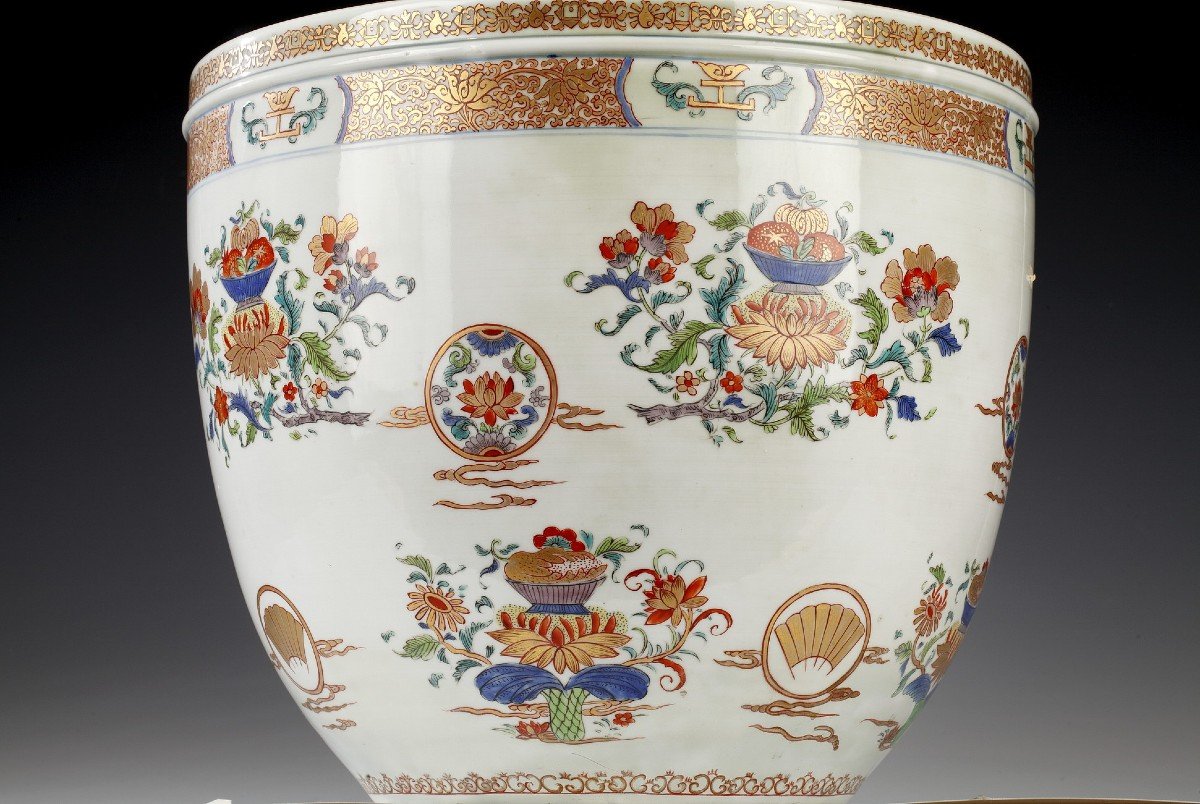
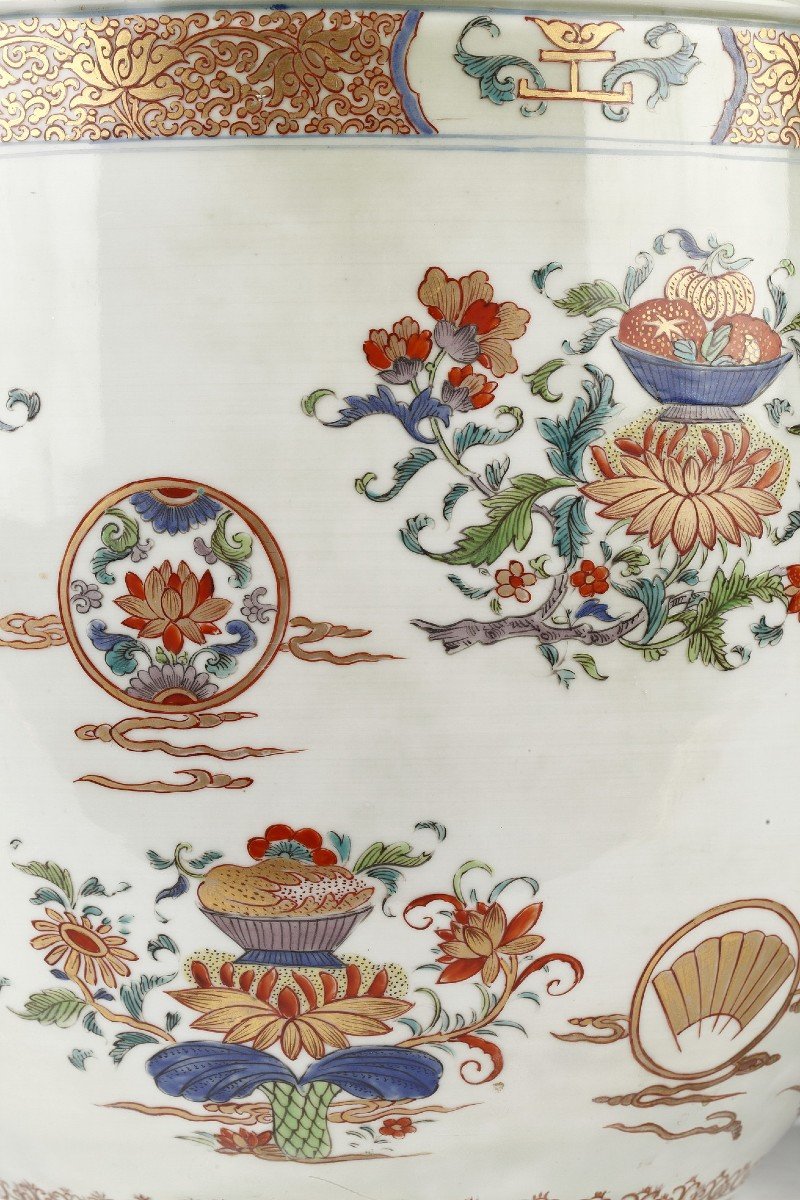
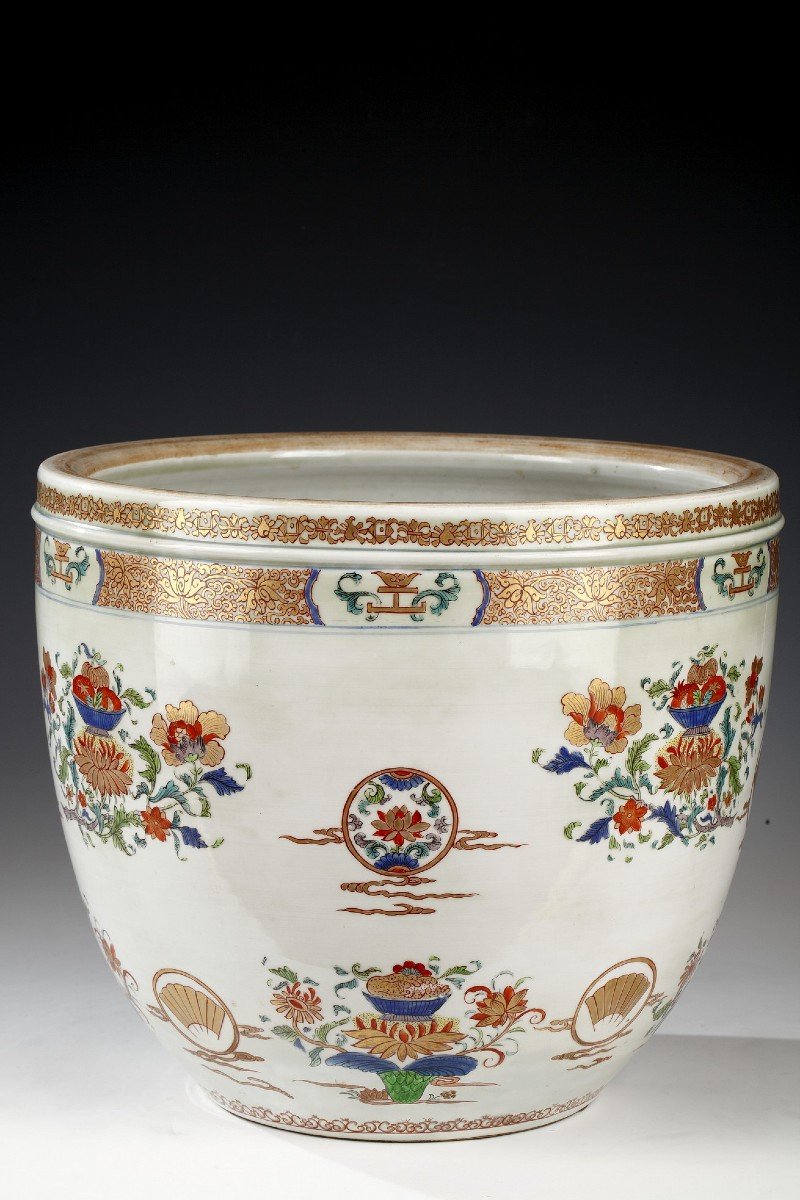
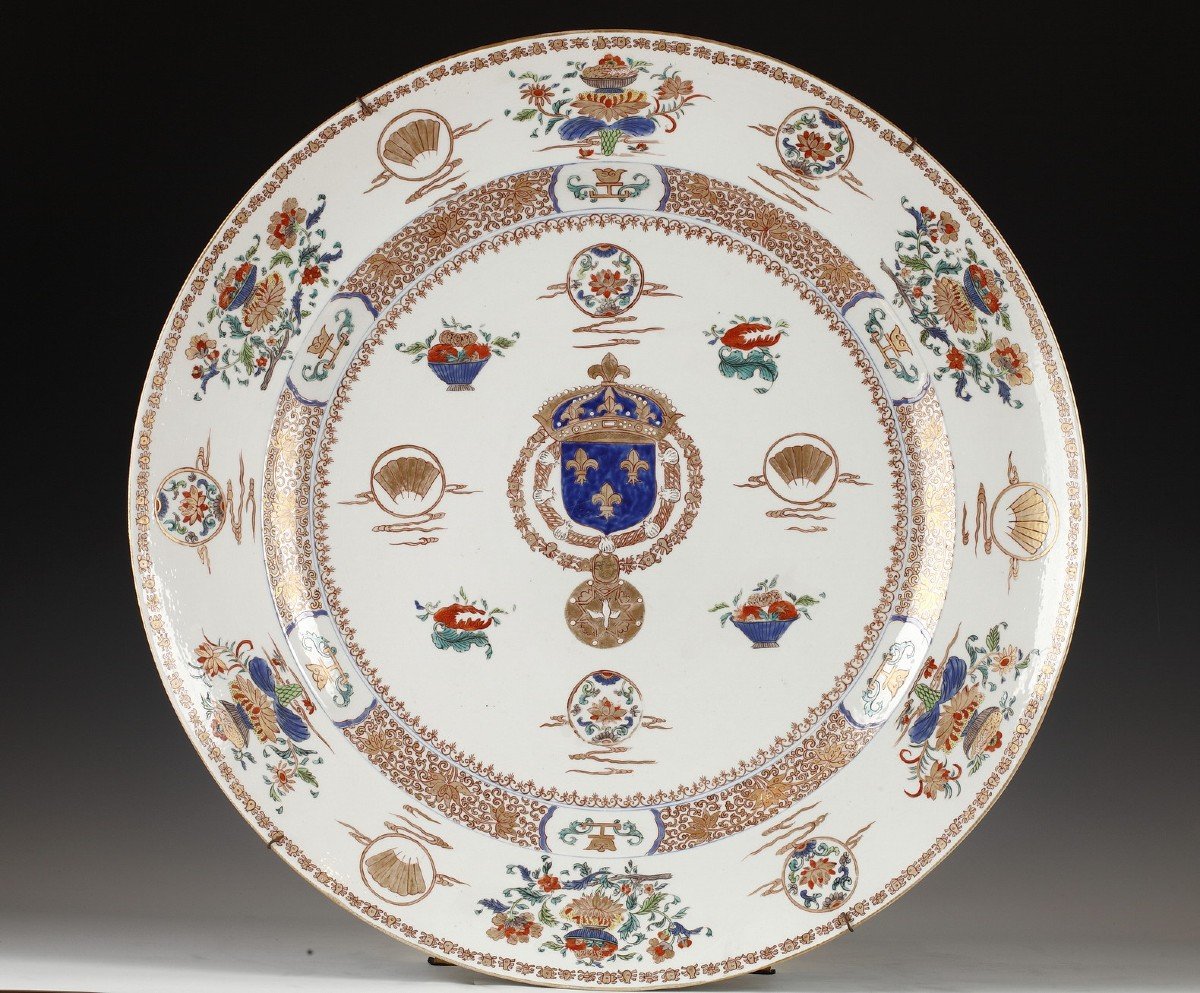

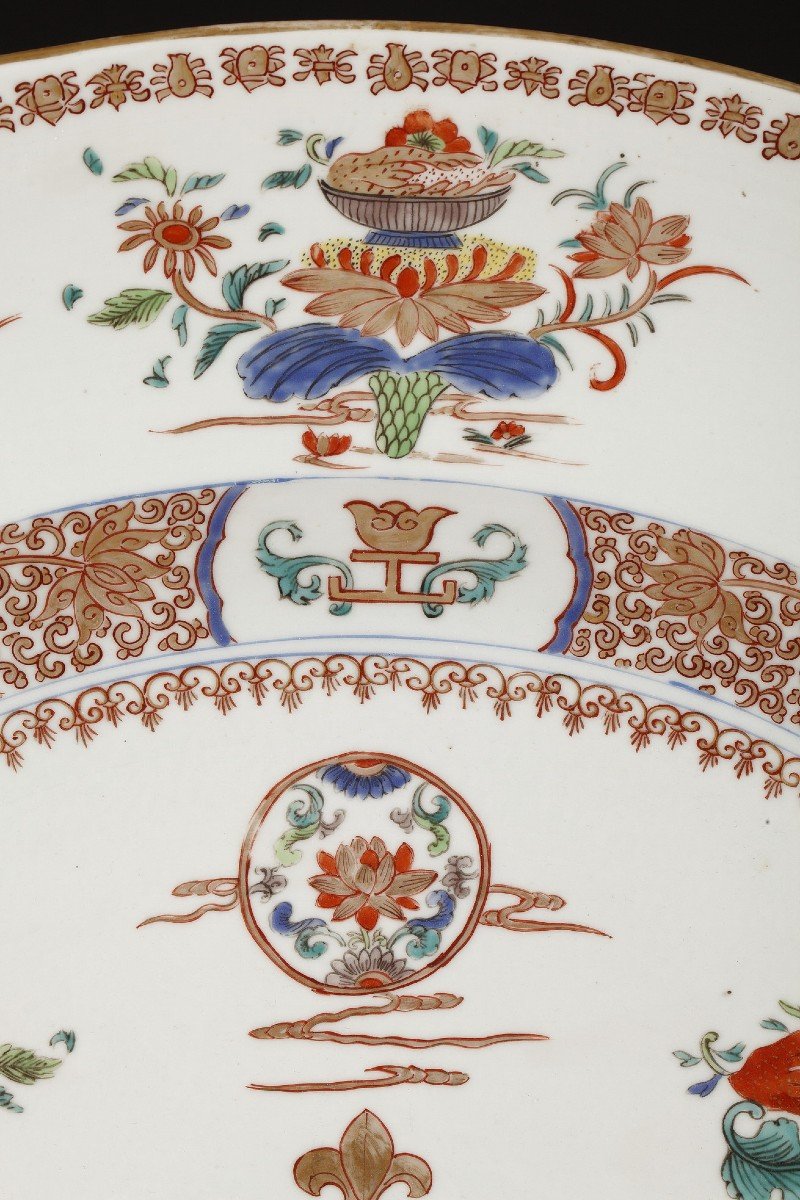
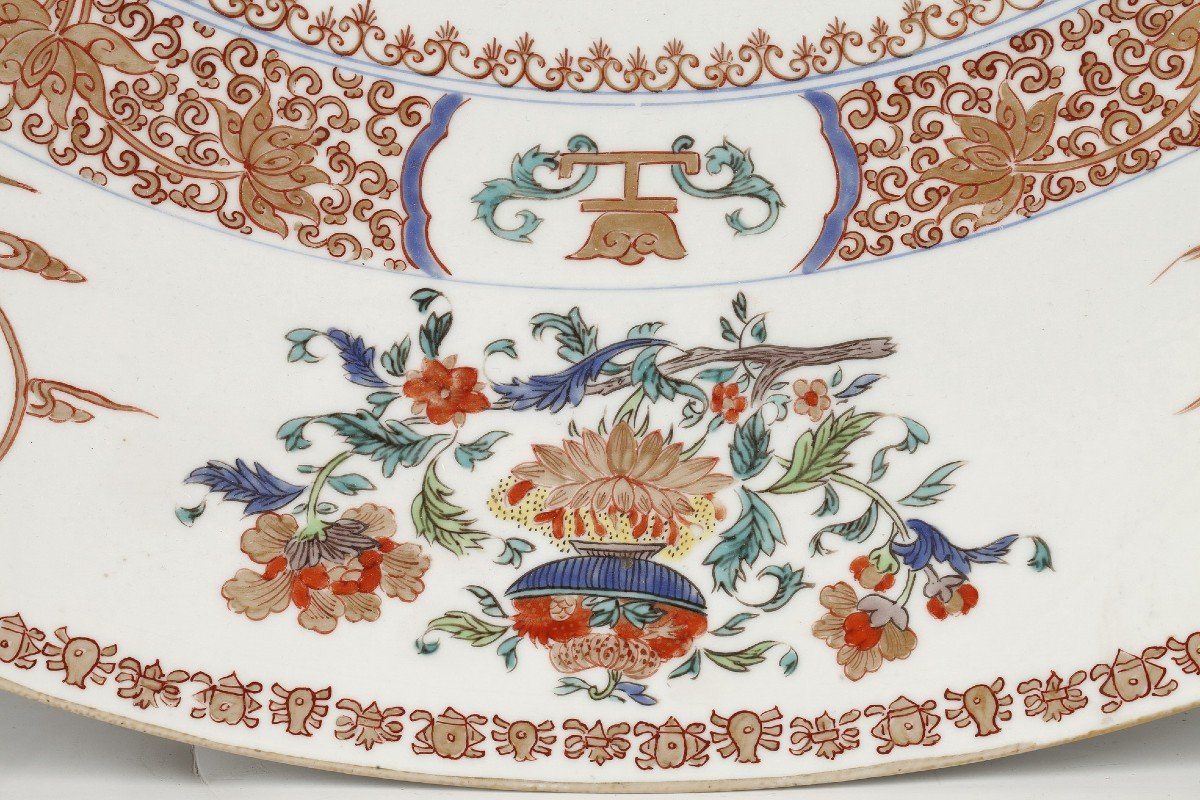
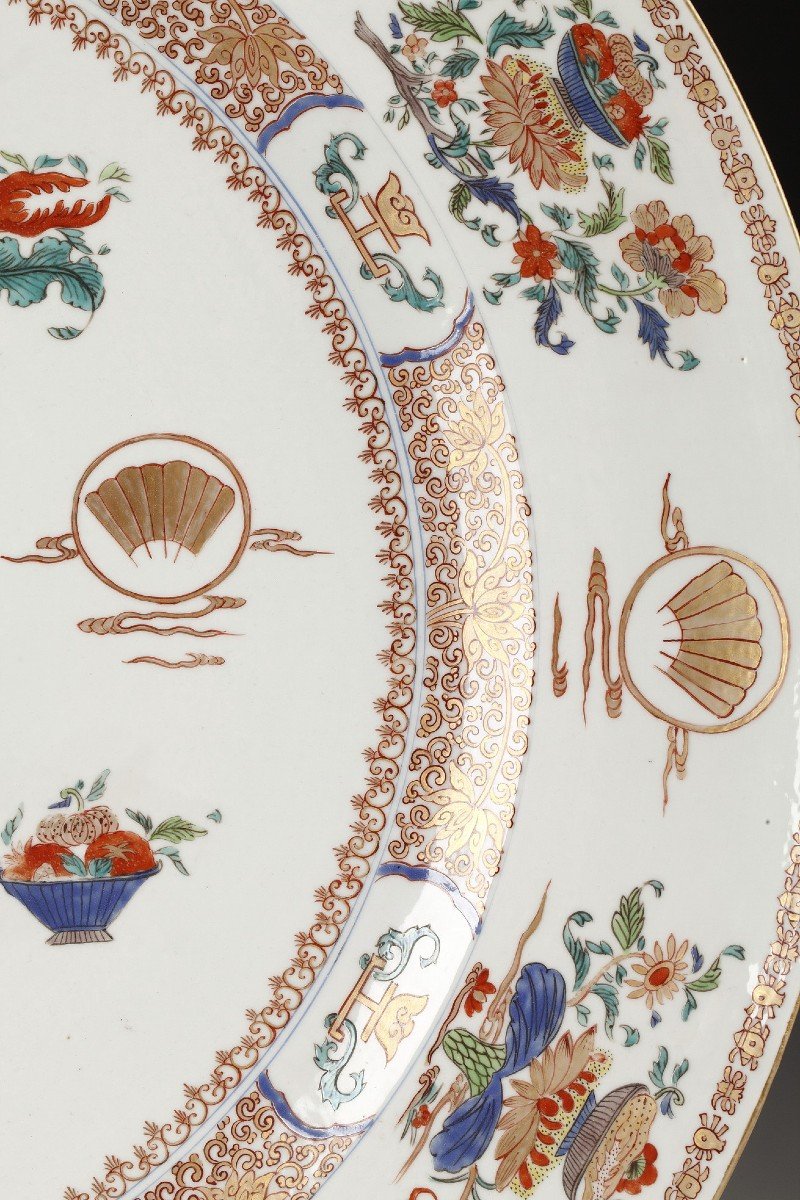














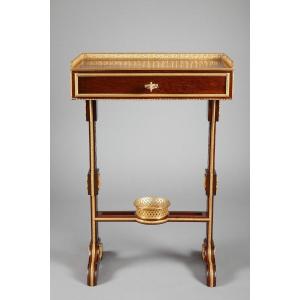
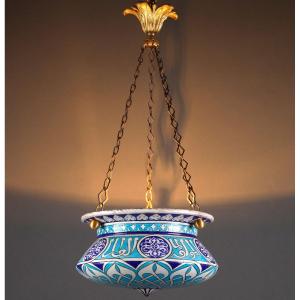
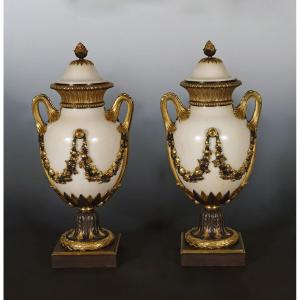
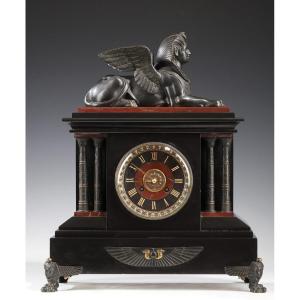
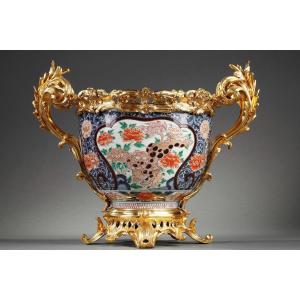

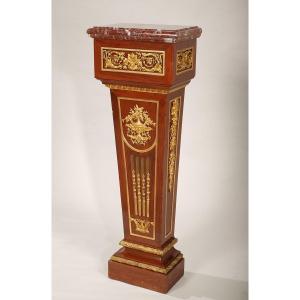



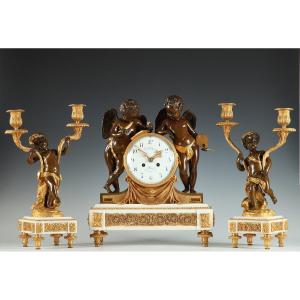

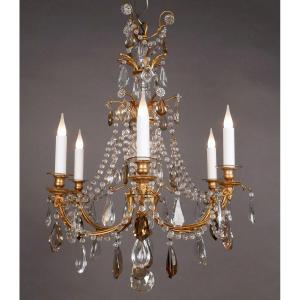


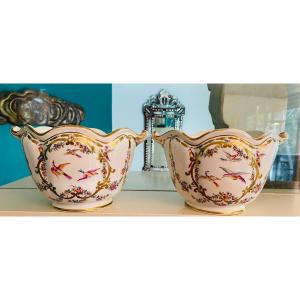
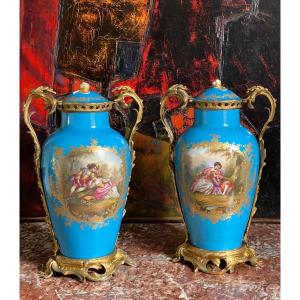
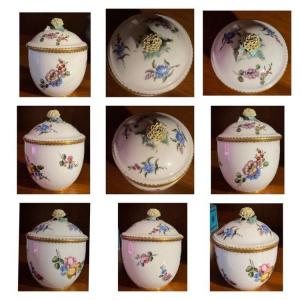



 Le Magazine de PROANTIC
Le Magazine de PROANTIC TRÉSORS Magazine
TRÉSORS Magazine Rivista Artiquariato
Rivista Artiquariato